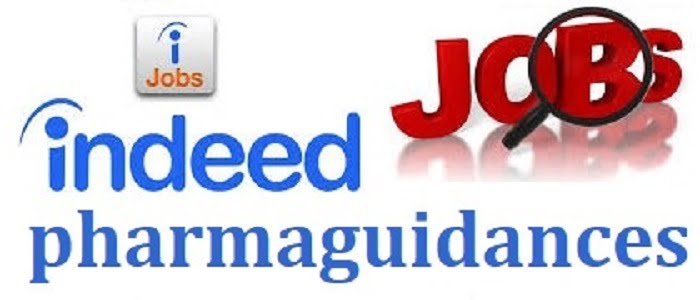Drafting an Impressive Resume for the HR Interview: A Step-by-Step Guide
Your resume is your first opportunity to make a positive impression on HR professionals during the job application process. A well-prepared resume serves as a marketing tool, highlighting your skills, qualifications, and experiences that align with the position you are applying for. To stand out from other candidates and secure an HR interview, it’s essential to craft a clear, concise, and compelling resume. In this blog post, we will provide you with a step-by-step guide on how to prepare a good resume for the HR interview, covering key elements, formatting tips, and strategies to make your resume shine.
I. Understanding the Purpose of Your Resume
- Showcase Your Qualifications: Your resume should present a snapshot of your qualifications, including your education, work experience, relevant skills, and accomplishments. It should provide a comprehensive overview of why you are the ideal candidate for the position.
- Grab the Attention of HR Professionals: An effective resume should capture the attention of HR professionals within a few seconds. It should be visually appealing, well-organized, and easy to read.
II. Key Elements of a Good Resume
- Contact Information: Include your full name, phone number, email address, and LinkedIn profile (if applicable) at the top of your resume. Ensure that your contact information is up-to-date and professional.
- Professional Summary or Objective Statement: A well-crafted professional summary or objective statement should be concise and captivating. It should briefly describe your key qualifications and career goals.
- Work Experience: List your work experience in reverse chronological order, starting with your most recent position. Include the job title, company name, location, and employment dates. Describe your responsibilities and achievements using strong action verbs and quantifiable results.
- Education: List your educational qualifications, including the degree obtained, major, university name, and graduation year. Include any relevant certifications or training programs.
- Skills: Create a dedicated section to highlight your key skills relevant to the job you are applying for. Include both hard skills (e.g., technical expertise) and soft skills (e.g., communication, leadership).
- Achievements and Awards: If you have received any awards, accolades, or recognition during your academic or professional journey, mention them to demonstrate your accomplishments.
- Extracurricular Activities (Optional): If relevant, include any volunteer work, community involvement, or extracurricular activities that showcase your leadership, teamwork, or passion for specific causes.

III. Formatting Tips for a Professional Resume
- Keep It Concise: Limit your resume to one to two pages. Be selective in the information you include and prioritize the most relevant details.
- Use a Clean and Readable Font: Choose a professional font, such as Arial, Calibri, or Times New Roman, in size 11 or 12 for the body text. Ensure that your font size is consistent throughout the resume.
- Organize with Clear Sections: Use clear headings and bullet points to organize your resume into easily digestible sections. This formatting makes it easier for HR professionals to scan your resume quickly.
- Optimize White Space: Avoid overcrowding your resume with text. Utilize white space effectively to create a visually appealing layout.
- Utilize Bullet Points: Present your work experience and achievements using bullet points. This format enhances readability and allows HR professionals to identify your accomplishments quickly.
- Be Consistent with Formatting: Maintain consistency in your formatting, including font style, size, and spacing. This attention to detail showcases your professionalism.
IV. Tailoring Your Resume to the Job
- Analyze the Job Description: Carefully review the job description to understand the key qualifications and skills required for the position. Tailor your resume to highlight your most relevant experiences and achievements.
- Use Keywords: Incorporate keywords from the job description into your resume. Many companies use Applicant Tracking Systems (ATS), and including relevant keywords can increase the likelihood of your resume being selected for review.
V. Proofreading and Reviewing
- Check for Errors: Thoroughly proofread your resume to eliminate any spelling, grammar, or punctuation errors. Errors can create a negative impression on HR professionals.
- Seek Feedback: Ask friends, family, or colleagues to review your resume and provide constructive feedback. An outside perspective can help identify areas for improvement.
VI. Conclusion
A well-prepared resume is your ticket to securing an HR interview and showcasing your qualifications and accomplishments to potential employers. By including key elements, formatting your resume professionally, and tailoring it to the job, you can make a strong impression on HR professionals and increase your chances of landing the job you desire. Remember to keep your resume concise, visually appealing, and error-free. With the right preparation and attention to detail, your resume will stand out among other candidates and open doors to exciting opportunities in your career journey.

